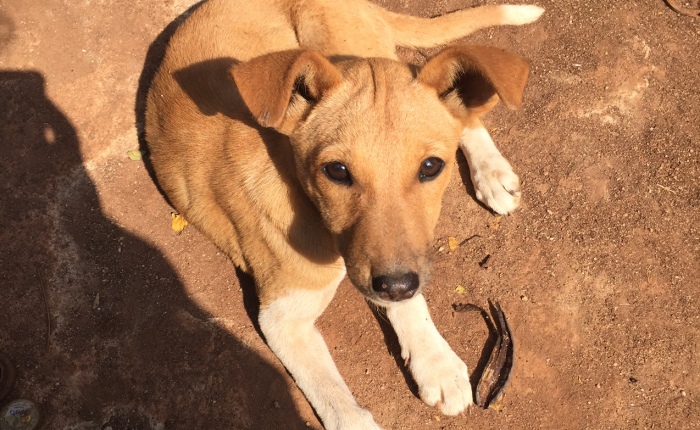Awhile back I wrote about the various forms of transportation available in this colonialism-defiant country. Today I’m giving space to the ridiculous and (sometimes horrifying) things I see on a somewhat-regular basis.
The nearest “town” to me is about 18k away. I walk almost 4K a day to get to and from school, but the walk to Nopa is not a walk I’ve ever braved. Instead, I usually take a bajaj.
With at least 5, usually 7 people. I did a class on data collection last year, and one of the questions I asked my students was “how many people have seen in a bajaj?” The highest answer was 13. I know how 9 can fit….sort of. (2 people were hanging off), but I can only guess how 13 would work.
The nearest actual town, where I go to get my mail and take a (hopefully hot) shower is Metu.
From Metu to Jimma (to get to my regional office) I’ll usually take a minibus (read:a converted minivan that they squeeze 20+ people into.)
The last row of a minbus (usually in the space that used to be the trunk) is a row to be avoided. The radats (the guys who take money and yell where the bus is going out the window) always want to cram 5 people into this row. Since the vans have been converted, there is rarely enough leg room, making the last row is especially tight.
Once, I was in the back row of a mini bus with 4 other people in a seat meant for 3, maybe 4 people. Two young men were sitting next to me and were clearly interested in talking, so I decided to lie in answer to their first question and say I was married. Their follow up question – how did I feel about cheating? There are many Ethiopian men I work with, I know as neighbors – friends even. But until I have been placed into a category other than “anonymous white woman”, 75% of conversations with men ages 20-45 usually get creepy fast.
Another time I was leaving site, I caught a kitkit bus (much larger, with a middle aisle where most people are crammed together and standing) at 6:15am. Usually I have a bit of time to eat a snack, and wake up before being shoved onto a bus with a lot of other people and loud music blaring. No such luck on this day. The combination of overstimulation and no food shocked my system and I became SUPER nauseous. Luckily, an older man noticed how green I was and when he got off in Nopa, he gave me his seat. This meant I could stay on the bus all the way into Metu instead of getting off before the river and having to walk a kilometer to avoid the traffic police.
It is very common for people to throw up on public transportation here. The roads are poorly paved, very twisty, the exhaust fumes aren’t vented well, people think they’re going to catch something so they keep the windows closed….. drivers don’t know how to drive smoothly, so they slam on the gas and brakes alternately…. it’s just tough. I have gotten sick more times than I care to admit. However I have never thrown up on anyone else. Once I saw a mother puke right onto the baby on her lap. Since many people can’t afford diapers, I assume she just thought of it as payback… but it was still unexpected.
Very early on in my service I got an inside look at Ethiopian logistics.
A group of us were on our way from Jimma to Addis via bus. After the lunch break, we were told they were looking for a lost chicken. Since the chicken was still (happily, presumably) wandering around the bus floor, that didn’t make sense. About 20mins later, we were finally told they were looking for a purse with 8k birr in it. They searched all the passengers and found nothing. We drove to the closest police station where they took an hour to realize they couldn’t understand her. So we drove for another 20mins to a different station where they were able to file a report with someone who spoke Afan Oromo. 4 hours after the situation began, we finally got back on the road.
The chicken wandering around the bus wasn’t unusual. Although when there’s a crowd of them, they’ll either put them in bags and tie the bags down onto the roof, or tie their legs together in a group and have them hanging off the back of the bus or van. Sheep and goats get hobbled and slung onto the top of vehicles as well.
Cows have it a bit easier:
Chickens hanging off the side of a kitkit; and inside those bags on top.
Below: Sheep on the way to their new families.

